Synology’s DS923 has already been on the market for a year, whereas they already took their time with the DS920. By the way, long product cycles are more of an advantage than a disadvantage in my opinion, because the product and software mature without blind haste. With an AMD Ryzen R1600 as the main processor, four drive bays, two M.2 slots and two Gigabit network ports, the Synology DS923 presented itself as the first model of the 2023 generation back then and it is still no old iron today. And it’s supposed to replace my almost 5 year old QNAP TS-251B, which is really getting on my nerves by now. You’ll find out why in a moment.
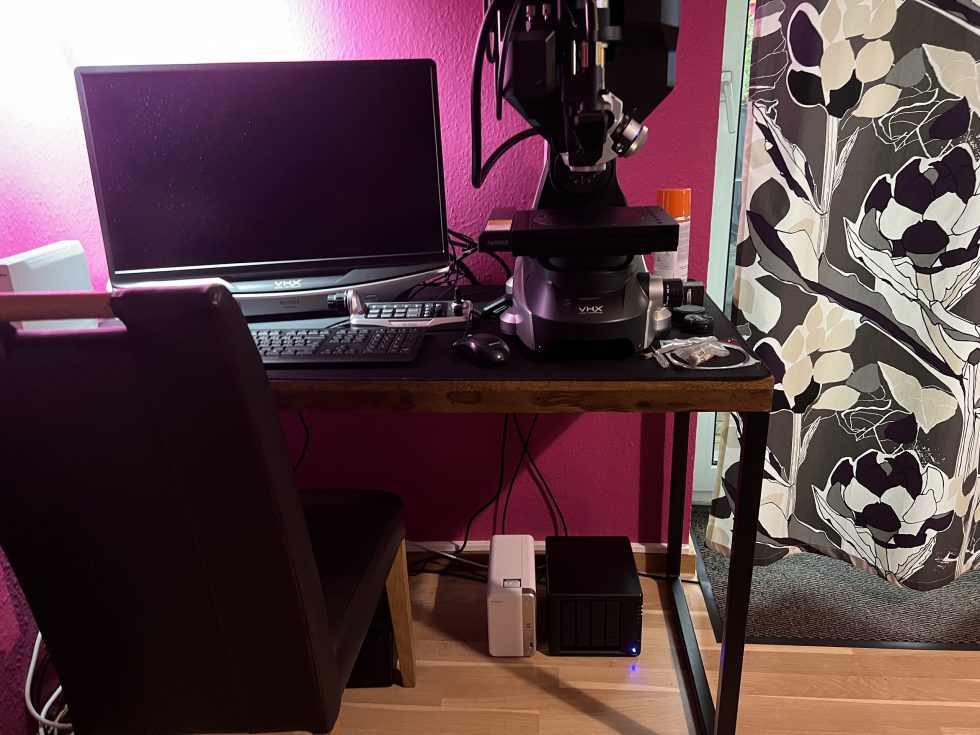
There is also the option to use 10 Gigabit Ethernet and to upgrade any number of other components analogous to DLCs. Which brings us to the title. At just under 600 Euros, the basic version of the Synology D923 is anything but cheap, although you only get a really bare basic version for it. The installed 4 GB of working memory are puny and outdated, a missing SSD cache should be added and the hard drives have to be bought anyway.
However, the 10 GBit/s connection is also missing, which is actually incomprehensible for such an expensive system. All these things I have of course retrofitted and the Ethernet expansion card I will describe in a second part, because it is more important than you think. The DS 923 is certainly already overkill for home users, but for a small business like mine, such a part is actually just right. Always provided that one pays again for the most important extensions. That you should also buy components labeled on Synology, well, yes. At least with the network card, there was no other way.
The use case is important
What I need is a comfortable NAS with enough storage for my website backups (parallel to the data center), as a direct drive for the raw data from the oscillographs and the huge PNGs plus analyses from the Keyence VHX-7000, for all the images from my photo studio in RW format, all YouTube movies including raw material (also as a destination for recording in OBS), as a photo cloud for all the iPhones and a solution as a private data grave for the family with differently equipped user accounts and online accesses.
All of that would be possible with the QNAP system in the end with a lot of rebuilding, but on the one hand, I’m annoyed by all the updates, where a new version also likes to open up new or old holes, and on the other hand, the installed processor is now only grotty lame for the increased tasks, the memory is difficult to expand and the fan is already whistling noisily on the last hole. Especially since the whole system was simply too small in terms of performance.
What is a NAS and what is it suitable for?
But let’s briefly go back to the basics. A Network Attached Storage (NAS) is a dedicated file server that provides centralized storage on a network. This allows users like me to access their rather large data from different devices. At its core, a NAS consists of an enclosure containing hard drives, supported by a processor and RAM. It runs a specialized operating system that has a web-based user interface. This operating system is optimized for storing and sharing files and often uses specialized file systems like ZFS or Btrfs, which are designed for large amounts of data and redundancy.
For users like me, a NAS brings many advantages. It provides a central location to store all personal data, making it easy to access from any device on the network. Thanks to features like RAID configurations, the data on a NAS is often more secure because it provides redundancy that prevents data loss in the event of a hard drive failure. Another benefit is the ability to create automatic backups from different devices. This ensures that personal data is always protected and up-to-date. Many modern NAS systems can also act as media servers, which allows streaming music, movies and photos to various devices. Some users will also appreciate the ability to access their data from outside their home network. Finally, compared to traditional computers, NAS systems are often more energy efficient, which can result in cost savings on electricity bills.
Scope of delivery and functionality
Despite the high price, the scope of delivery first turns out to be practical, but unfortunately also somewhat modest. The NAS case comes well packaged with a power adapter, a few screws, two Kensington keys, two Ethernet cables and a small quick-start guide, but that’s about it. What isn’t built in has to be purchased. I already described what happened to me with the RAM in a Friday article, but it has nothing to do with Synology. The assembly and retrofitting I will comment in more detail in separate chapters.
The DS923 presented today appears to be an updated version of the DS920, which also indicates the long period of time during which no update was released. Both devices have features like 4 GB of RAM, four storage bays, two Gigabit network connections, two USB 3.0 interfaces and an eSATA port. However, the newer model, the DS923 , uses DDR4 ECC SODIMM RAM, a memory type with error detection capability, as opposed to the traditional DDR4 SODIMM in the DS920 . We’ll see why this is important and what I upgraded in a moment.
With dimensions of 166 × 199 × 223 mm, the DS923 weighs 2.24 kg without contents. On its front, in addition to the power on/off switch, there is also a USB port and five LEDs that indicate the status of the NAS and its storage media. The Disk Station Manager (DSM) 7.2 serves as the operating system on the Synology DS923 . This operating system is characterized by its wide range of features, setting options, and most importantly, its ease of use, which makes it a standout feature of Synology’s NAS devices. Many other vendors, especially the cheaper ones, struggle to live up to this standard, making the difference stand out. And it was also one of the reasons I chose the DS923.
While the DS920 still uses the Intel Celeron J4125, the DS923 is equipped with the more powerful AMD Ryzen R1600 from the embedded range. Although a successor in the form of the Ryzen Embedded R2000 series actually already existed before the release, Synology uses the R1000 series, which includes the R1600 and thus the original first Zen cores. These can reach speeds of up to 3.1 GHz in Turbo mode. Interestingly, the Ryzen R1600 is the only model in this series without an integrated graphics chip. Depending on the configuration, the R1600 can have a thermal power dissipation (TDP) of between 12 and 25 watts, and you cannot tell which preset was used in the system either. The processor unit has eight PCIe connections, whereby the exact distribution is not specified in the DS923. In terms of memory, the R1600, manufactured in the FP5 package, has an L2 cache of 1 MB and an L3 cache of 4 MB.
The DS923 supports various network protocols like SMB, NFS, AFP, FTP, SFTP and WebDAV for directory sharing. It also offers rsync for data synchronization across multiple sites. Users can quickly find indexed files through a global search. The Hybrid Share feature allows less frequently used data to be stored in the Synology cloud, which comes at a cost. Synology also offers Active Backup Suite, a free backup solution for other Diskstation devices, Windows and Linux physical systems, VMs and cloud accounts.
Another differentiator is the ability (and actually the compulsion) to expand. Synology has built into the DS923 a special slot for the E10G22-T1 mini-module, a network upgrade tool that supports 10GbE connections. This module is adapted to a specific PCIe 3.0 x2 slot on the back of the device. Since there is no general PCIe slot, other expansion options are limited. i will describe that in a separate article, because i need more throughput. By the way, the two 92 mm fans installed at the back are relatively quiet, so I spared myself a replacement.
The DS923’s chassis has room for four drives inside, either 3.5- or 2.5-inch hard drives or SSDs with SATA connectors. Two M.2 NVMe SSDs can be added to the bottom of the unit, either as a fast cache or to expand SSD storage, as interestingly, the DS923 can also use M.2 SSDs to form storage clusters. Nevertheless, I will not use the feature for now, but only upgrade two SSDs as cache, as already known. But I will come to the installation and modification later.
There are two RAM slots with a capacity of up to 32 GB, but my device unfortunately only had 4 GB RAM ex-factory. Network connectivity is via two 1 Gbit/s LAN ports, which can also be configured as redundant ports. A PCIe slot (behind the flap in the picture above) on the back allows the installation of a 10 GBit/s module. A USB 3.2 Gen1 port is also present, as well as an eSATA port for connecting to an expansion chassis. That should suffice as a short introduction for now, because you’ll learn the rest appropriately and together with the respective chapter content when it comes to assembly, commissioning and configuration. For the curious, there is of course a look into the manual:
DS923p_HIG_ger















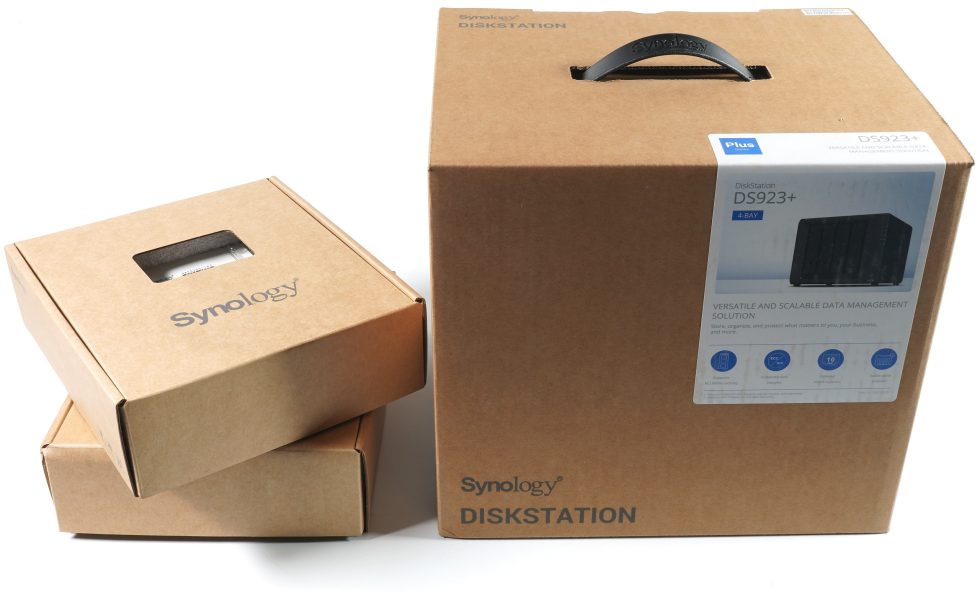
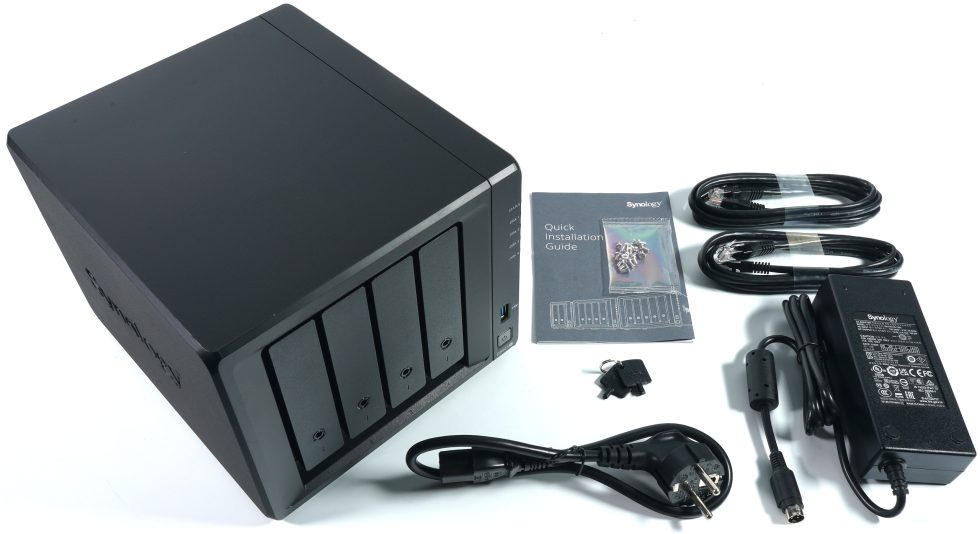
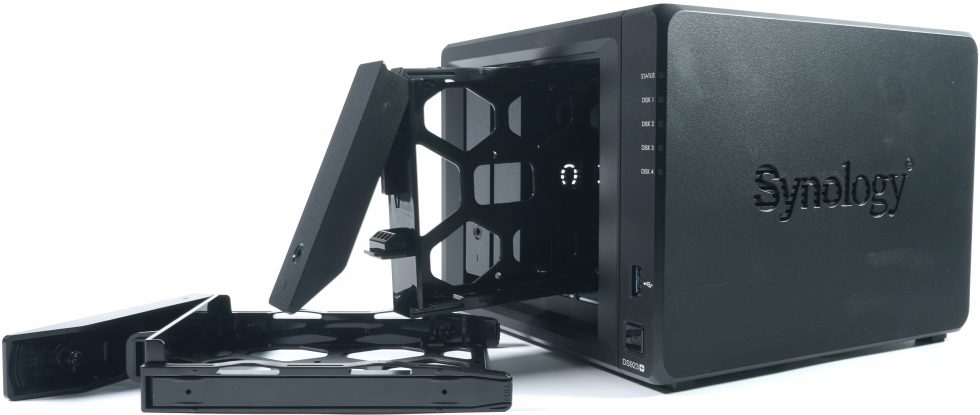

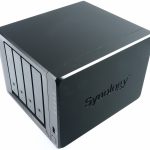
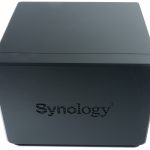
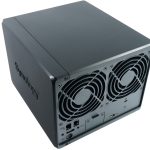
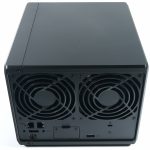
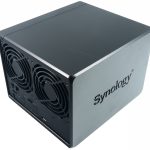
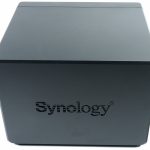
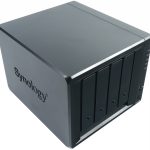
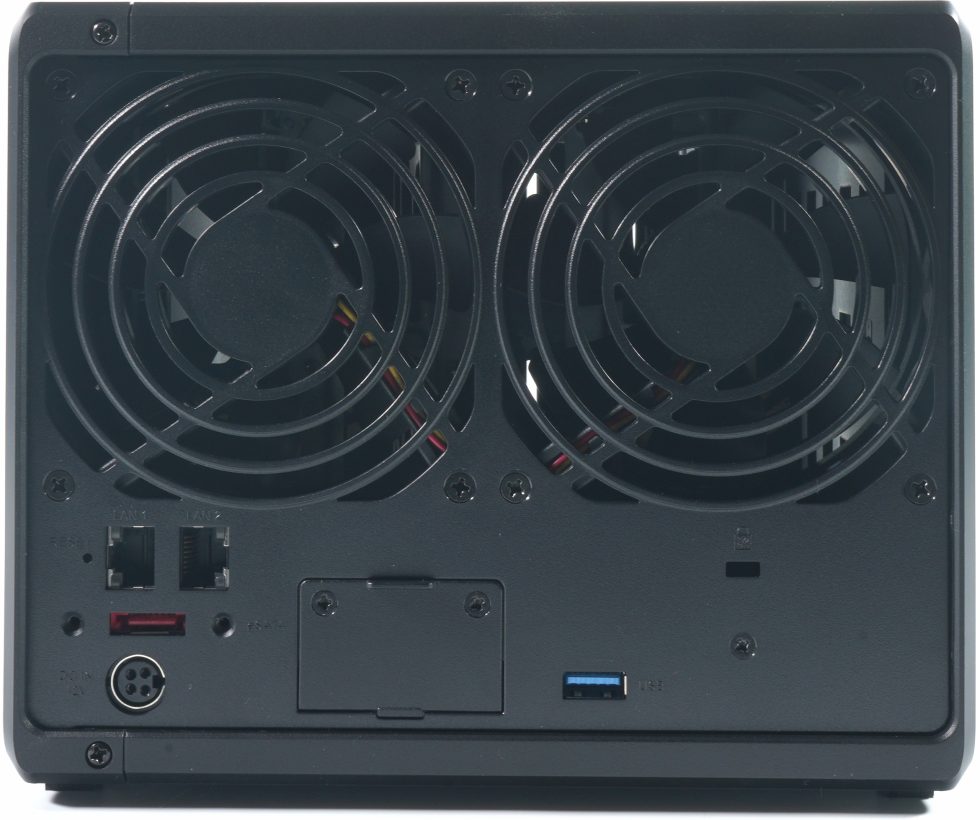











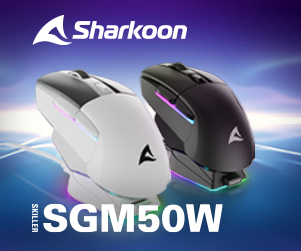







82 Antworten
Kommentar
Lade neue Kommentare
Urgestein
Urgestein
1
1
Mitglied
Veteran
1
Veteran
1
Mitglied
Mitglied
1
Veteran
Urgestein
Mitglied
Veteran
1
Urgestein
Mitglied
Alle Kommentare lesen unter igor´sLAB Community →